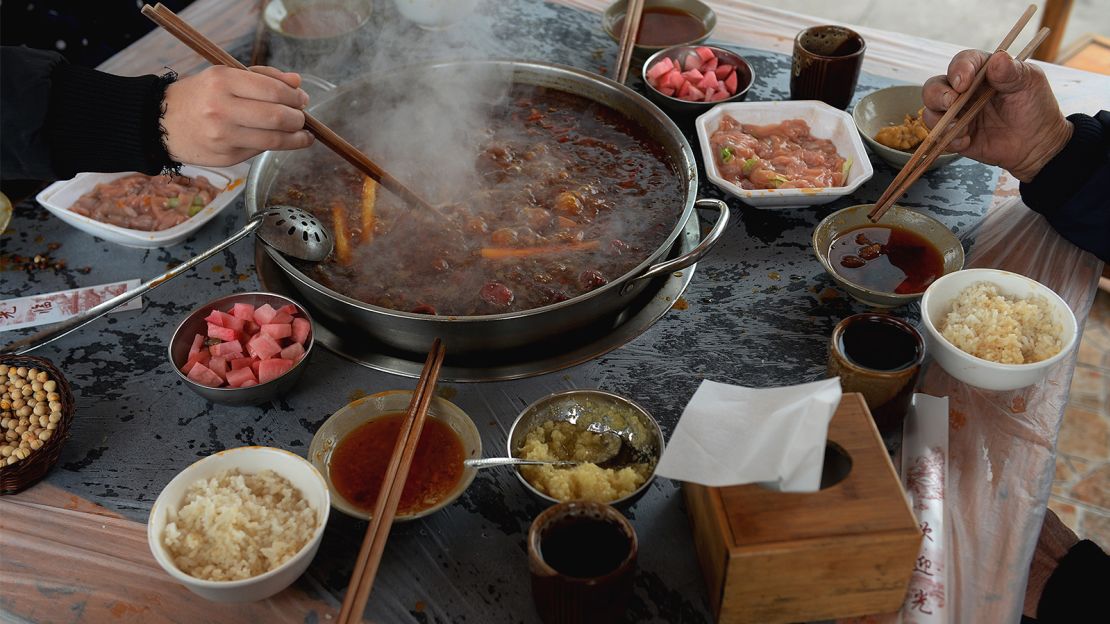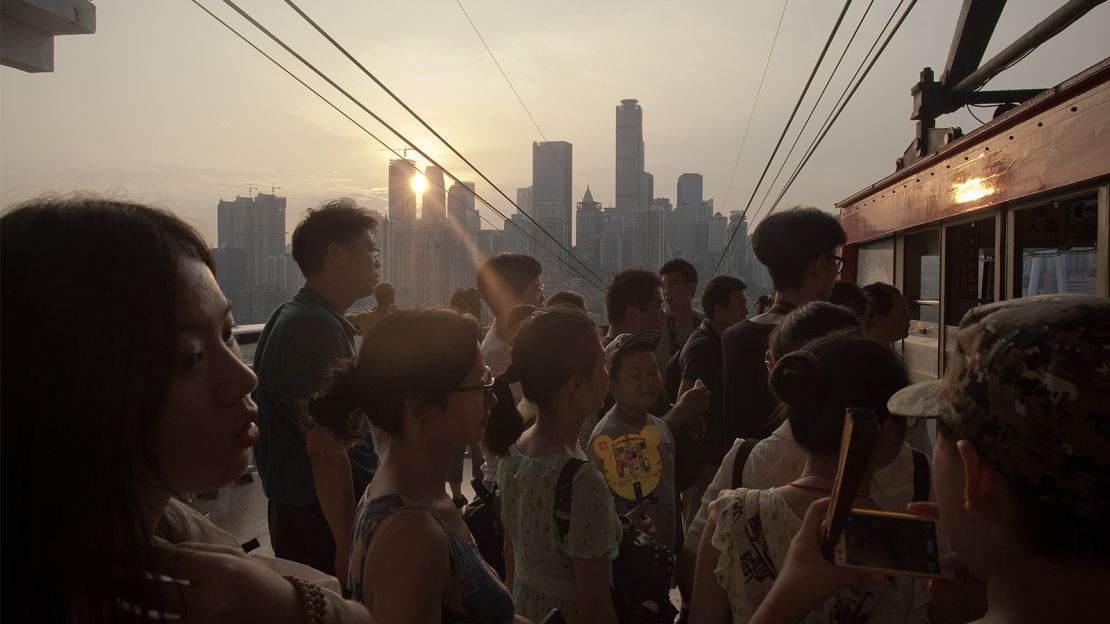Hong Kong might be the world’s most visited city this year, but a potential, albeit surprising, future contender is emerging from the sidelines.
Chongqing – a major Yangtze River port in southwest China – has become the world’s fastest-growing tourism city, recording a whopping 14% growth in its tourism sector last year.
That’s according to the World Travel & Tourism Council, which surveyed 65 cities on the contribution that travel and tourism makes to their economies.
Most of Chongqing’s growth is apparently down to its popularity with Chinese visitors, but that’s not to say it doesn’t have much to offer international travelers, too.
It makes sense when you realize what Chongqing has going for it: it’s the gateway to the Three Gorges, huge river valleys that have retained their allure despite being partly submerged by the construction of a gigantic dam.
Here’s what else the city has to offer:
Spicy hotpot

Chongqing hotpot, known for its tongue-numbing chili pepper tripe broth, is one of the biggest tourism draws to the city. It’s so popular the city has even issued an official set of guidelines on how to serve the delicious steaming bowls of goodness.
Debuted during a training conference last month, the rules cover pretty much every process involved in operating a hotpot business.
In addition to the more obvious hygiene rules – tripe should be washed separately and leftover broth shouldn’t be reused, for example – it also includes serving advice.
For instance, staff should tell foreign diners how long raw ingredients need to be dipped in the boiling broth before they can be eaten. The guide also advises restaurants to present expensive wines to customers before uncorking them.
The guidelines aim to ensure a high standard of service across the 30,000 hotpot restaurants in the city.
Further strengthening its hotpot-crazed image, Chongqing is hosting its ninth annual Hotpot Festival from November 9-12 in 2017.
Hotpot restaurants around the city will be offering discounts. There’ll also be a 10,000-person hotpot banquet, an innovative hotpot forum and a competition to find the top hotpot seasoning master.
Old attractions made new

Chongqing has given many of its existing attractions a facelift in recent years.
Built in 1987 as a means of crossing the Yangtze River, the Yangtze River Cableway began to suffer in popularity from the late 1990s as more bridges were built across the river.
The cable car was then renovated and rebranded as a tourist landmark before reopening in 2014. Seems to have worked – the attraction welcomed more than 2.8 million visitors between January and September this year.
Chongqing has also transformed about a dozen abandoned factory sites into creative and cultural centers. Among the highlights are Eling Park and Maoer’ Creation & Art Park.
Eling, a currency printing factory in the 1950s, is now a hipster hangout with plenty of coffee shops and bars.
Reopened last year, Maoer’ was formerly a chemical factory. It’s been revamped into a recreational zone with a cinema and food and night markets.
Coming soon: Six Flags
The city’s tourism bureau has said it’s committed to building more than 10 large-scale tourism projects around the city, totaling an area of more than 15 million square meters.
Among these is a Six Flags theme park, one of several theme parks being developed by the American brand in China. It’s due to open in 2020, following the 2019 opening of Six Flags Zhejiang.












